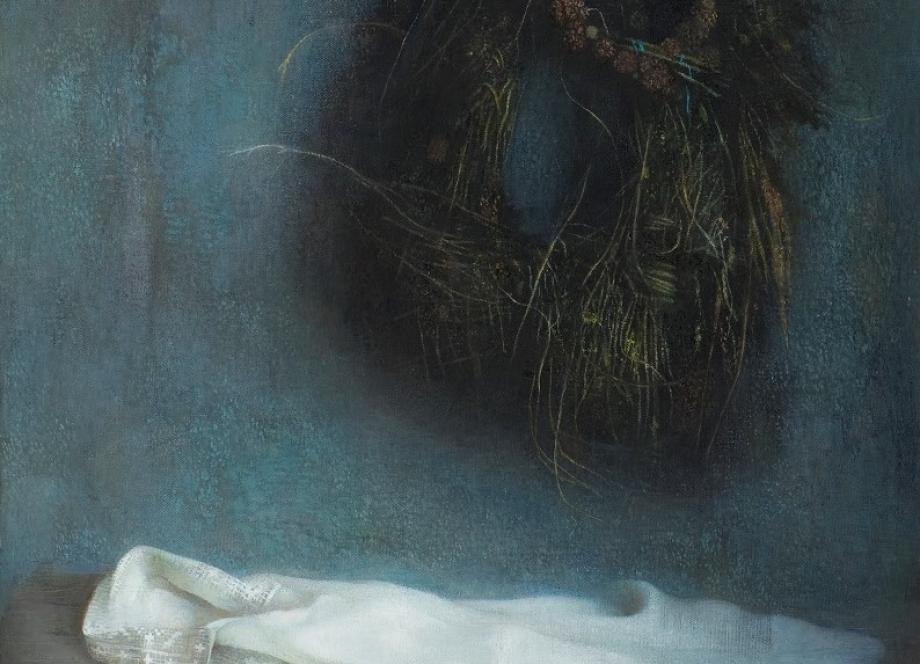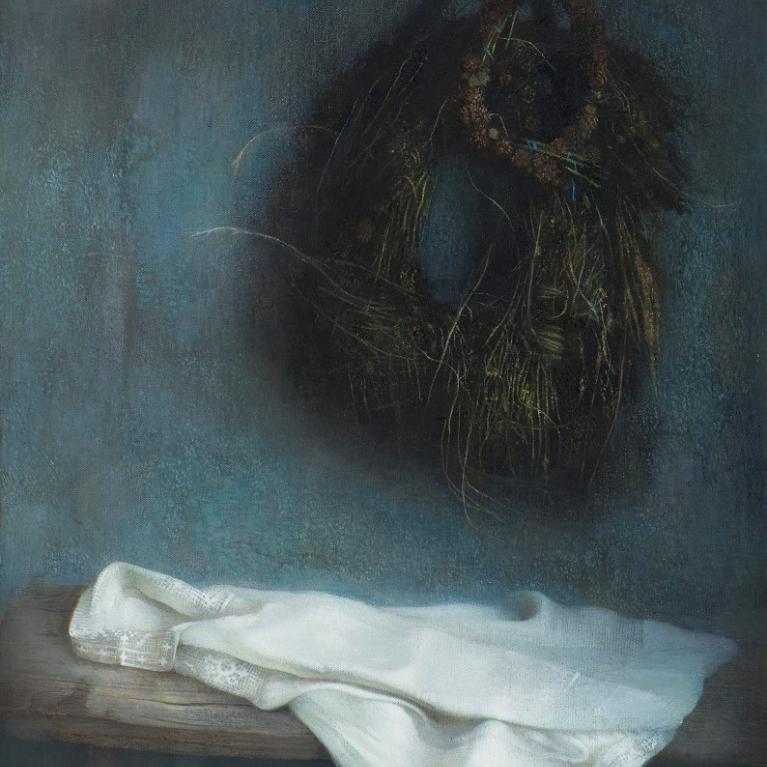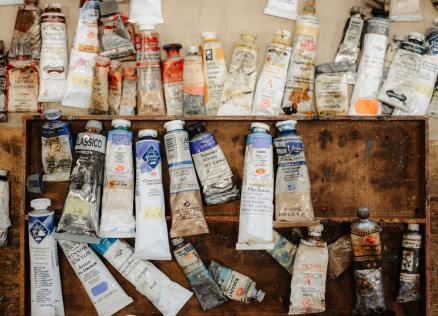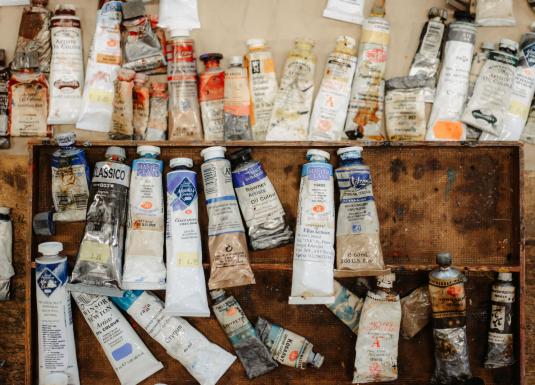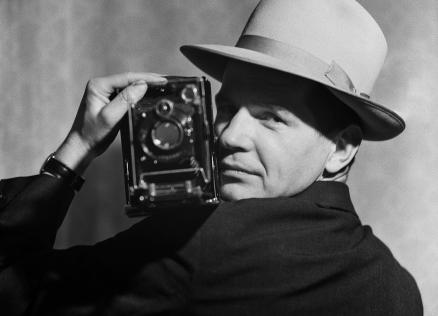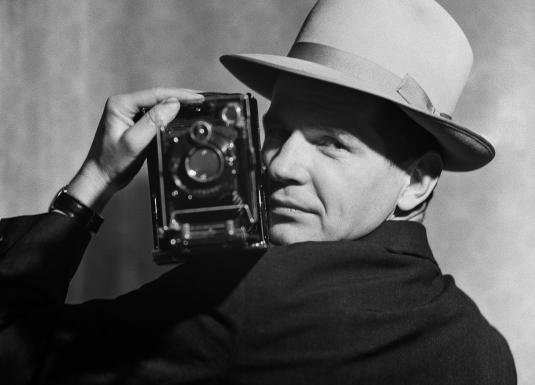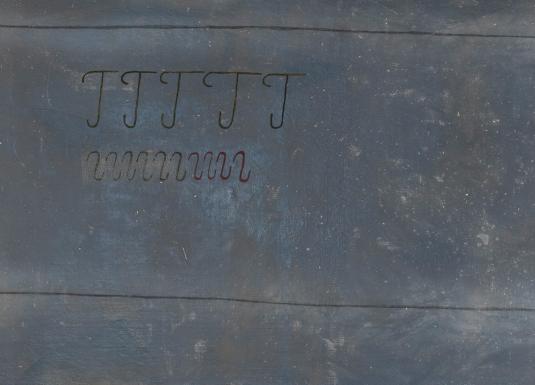Video series:
Story of a Painting II
"Story of a Painting II" consists of educational video stories that reveal the processes in Latvian art following World War II and through to the end of the 1980s.
Latvian art in the Soviet period is stamped with the notion of Socialist Realism. It is an art movement, created by state politics, for the purpose of involvement in constructing communism. After the Second World War, the generation of artists who were at their career peak in the 1920s and 30s, experienced a creative crisis, when they tried to adapt their work methods to meet the ideas of Socialist Realism and could not accept the art movement, imported from the USSR. Latvian art mainly depicted the everyday life of workers, following the tradition from the 1930s, when it was common to depict workers, peasants and fishermen at work.
“Story of One Painting II” is continuing the project “Story of One Painting I” and consists of 8 audiovisual stories. In short videos, the art historians explain the ideas behind the masterpieces, comment on the historical situation and tell about the circumstances in which the artwork was created.
The Latvian art scene from 1945 to 1985 is portrayed through the masterpieces of the following artists: Auseklis Baušķenieks (“Inside God's Ear”, 1980), Biruta Baumane (“Group Portrait”, 1969), Bruno Vasiļevskis (“The White Wall”, 1988), Džemma Skulme (“Folksong”, 1969), Jānis Pauļuks (“Felicita with Newspaper”, 1945), Līvija Endzelīna (“Mother's Blouse”, 1985), Maija Tabaka (“Wedding at Rundāle”, 1974) and Miervaldis Polis (“Dream”, 1982).
Latvian National Museum of Art's project "Story of a Painting II" was produced in partnership with law firm "Ellex Kļaviņš".
The videos are available on the Latvian National Museum of Art's YouTube channel.
